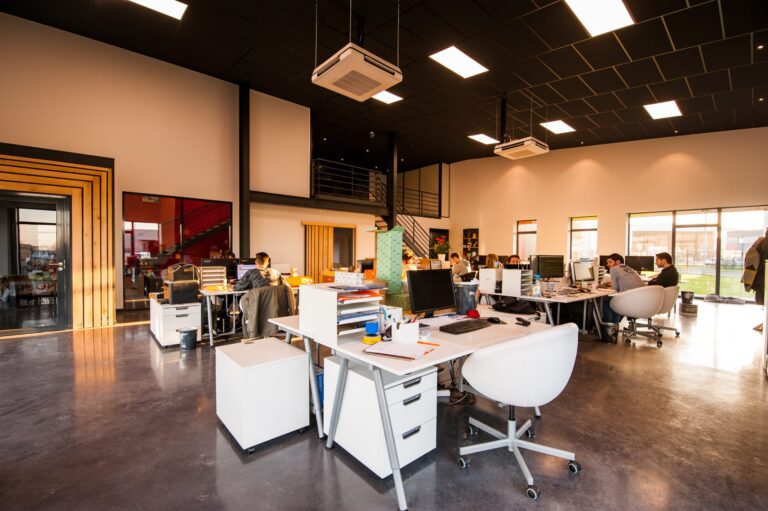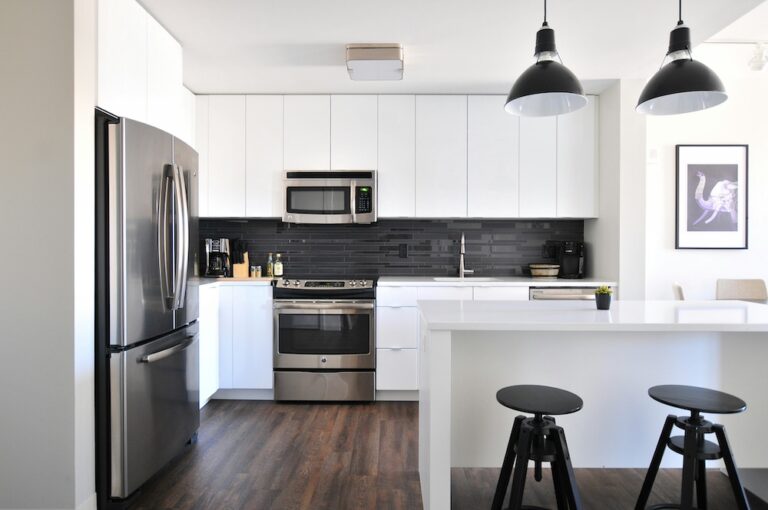Top 10 Green Building Materials for Your Home in 2025
 Sustainability in homebuilding has become pivotal, and homeowners can’t afford to ignore it. Choosing eco-friendly materials saves the planet and improves everyday life. Opting for such options can drastically reduce a home’s carbon footprint, meaning fewer harmful emissions and a cleaner environment. Many of these materials boost energy efficiency, helping people save money on bills while staying comfortable year-round.
Sustainability in homebuilding has become pivotal, and homeowners can’t afford to ignore it. Choosing eco-friendly materials saves the planet and improves everyday life. Opting for such options can drastically reduce a home’s carbon footprint, meaning fewer harmful emissions and a cleaner environment. Many of these materials boost energy efficiency, helping people save money on bills while staying comfortable year-round.
1. Bamboo
Bamboo is a popular choice for building materials, and it’s easy to see why. This fast-growing, renewable resource is as versatile as it is eco-friendly. Bamboo requires minimal energy to grow and is far less impactful to harvest than ores or larger hardwoods.
Bamboo brings a natural, sustainable touch to homes, whether for sleek flooring, stylish cabinetry or modern wall panels. It’s durable and an attractive way to make a living space more eco-conscious.
2. Recycled Steel
Steel is one of the biggest recycled metals in the U.S. Recycled steel is one of the smartest options for building a sustainable home. It’s incredibly durable and endlessly recyclable. Recycling also helps reduce the demand for raw materials, which means fewer resources are taken from the planet.
Even better, recycling just 1 kilogram (2.2 pounds) of steel scrap saves 1.5 kilograms of carbon dioxide equivalent emissions, so it’s an easy way to shrink carbon footprint. Perfect for framing and structural components, recycled steel strengthens homes and makes a strong case for eco-friendly living.
3. Cork
Cork stands out as a building material with unique benefits that make it practical and sustainable. Harvested without harming trees, cork helps preserve forests while offering a renewable option for home design. It’s also hypoallergenic, making it practical for improving indoor air quality.
Meanwhile, its natural insulating properties can reduce energy costs by keeping spaces comfortable year-round. Frequently used in flooring, wall coverings and soundproofing, cork adds warmth and versatility to any room. Its blend of sustainability and functionality makes it an excellent option for anyone looking to build or renovate with the environment in mind.
4. Reclaimed Wood
Reclaimed wood is a sustainable favorite that combines charm with eco-consciousness. Repurposing old materials reduces deforestation and gives a second life to wood that might otherwise go to waste.
Reclaimed wood is a smart way to combat the construction industry’s 600 million tons of debris generated in 2018. Beyond its environmental benefits, it adds unique character and history to homes, making it perfect for flooring, beams and furniture.
5. Hempcrete
Hempcrete is quickly gaining recognition as a standout material in sustainable construction. Lightweight and easy to work with, it offers excellent insulation, which lowers energy costs and creates comfortable indoor spaces. What makes hempcrete truly remarkable is its carbon-negative nature.
Moreover, it absorbs more carbon dioxide than it emits, reducing a home’s environmental footprint. Commonly used in walls, insulation and roofing, hempcrete combines functionality with sustainability, ideal for eco-conscious builders and homeowners.
6. Low-VOC Paints and Finishes
Low-VOC paints and finishes are a must-have for anyone creating a healthier living space. Unlike traditional options, these products emit fewer volatile organic compounds (VOCs), which can irritate the eyes and respiratory system, causing headaches, nausea and long-term health risks.
Low-VOC options improve indoor air quality, making homes safer and more comfortable. They combine style and safety on interior and exterior walls, cabinets and furniture. They are perfect for homeowners who prioritize health without compromising on aesthetics.
7. Solar Panels
Solar panels offer a clean, renewable source that reduces utility costs and environmental impact. Capturing the sun’s energy helps homeowners lower their reliance on fossil fuels while slashing monthly bills.
Even better, U.S. taxpayers can take advantage of a 30% federal tax credit on the cost of solar systems, making them a financially smart choice. Commonly installed on rooftops and integrated into energy systems, solar panels are a practical and forward-thinking way to create a greener, more cost-efficient home.
8. Straw Bales
Straw bales offer high insulation value, affordability and biodegradability. They provide exceptional thermal performance, helping maintain comfortable indoor temperatures while reducing energy costs.
In addition, straw bales are a cost-effective, naturally sourced material. They are commonly used in insulating walls and natural construction projects, combining functionality with environmental responsibility.
9. Green Roof Systems
Green roof systems offer multiple environmental and practical benefits. These roofs provide natural insulation, which reduces energy use while maintaining a comfortable indoor climate. They also excel at stormwater management, reducing runoff by up to 65% and delaying flow by as much as three hours. These factors help ease pressure on local drainage systems.
Meanwhile, green roofs featuring vegetation and soil layers create a habitat for biodiversity while adding a visually striking element to any home. Green roof systems deliver on every level for homeowners seeking a greener, more functional roofing option.
10. Eco-Friendly Concrete Alternatives
Eco-friendly alternatives like ashcrete, ferrock and geopolymer concrete transform the construction industry with sustainable benefits. These materials reduce emissions by utilizing industrial byproducts — such as fly ash and steel dust — instead of traditional cement, a major source of CO2 emissions.
In addition to being environmentally friendly, these alternatives are highly durable and versatile, making them ideal for foundations, driveways and pathways. Builders can significantly lower their carbon footprint by choosing these innovative materials while creating strong, long-lasting structures.
Take Steps Toward a Greener Home
Embracing sustainable options is easier than ever, and every small change can impact the environment. Start by researching eco-friendly materials and making thoughtful choices to create a healthier, greener space for future generations.


